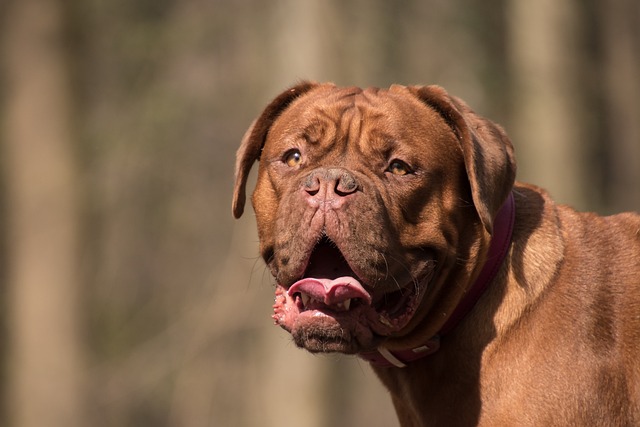
What dogs don't get hip dysplasia?
Watching your furry friend struggle with pain is every dog owner’s nightmare, especially when it comes to hip dysplasia—a condition that can severely impact a dog’s quality of life.
You’ve been feeding your dog what you think is a good diet—kibble, the occasional treat, maybe a scrap of chicken. But lately, something feels off: their coat looks dull, they’re less interested in play, or their paws seem dry and cracked. Could it be a vitamin deficiency? For new dog owners in the US, recognizing the signs of low vitamins can be tricky, but it’s key to keeping your pup healthy and energetic.
Vitamins are like tiny building blocks for your dog’s body. Vitamin A keeps their skin and eyes healthy, B vitamins fuel their energy, and vitamin D helps their bones stay strong. When they’re missing even one, it shows. A Border Collie named Max, for example, started losing fur in patches—turns out, a lack of vitamin E was weakening his skin’s defenses. Puppies and senior dogs are more prone to deficiencies, as their bodies either grow too fast or absorb nutrients less efficiently. It’s not just about quantity, though—even “complete” diets can fall short if storage (like leaving food in a hot garage) breaks down vitamins.
Watch for these telltale signs. A dry, flaky coat or constant scratching might mean low vitamin A or fatty acids. Lethargy or trouble walking could point to B12 or D deficiencies. If their gums are pale instead of pink, that might signal iron (a mineral, but often grouped with vitamins) issues. To check, gently lift their lip—healthy gums should look like a ripe strawberry. If you notice these signs, start by reviewing their food: look for labels that say “complete and balanced” (AAFCO-approved is a good bet). Add small amounts of vitamin-rich foods, like a sprinkle of carrots (vitamin A) or a sardine (vitamin D) to their meals, but ask your vet first—too much of some vitamins (like A) can be toxic.

In the US, addressing deficiencies ties into legal pet care. Even if your dog is low on vitamins, keep their rabies vaccine current—all states require it, and a weakened immune system (from poor nutrition) makes vaccines even more critical. When out walking, always carry poop bags. Nutrient issues can affect digestion, and leaving waste in public is illegal in most cities (fines up to $300 in NYC). It’s part of being a responsible owner, right alongside monitoring their diet.
Never scold your dog for symptoms like lethargy—they’re not being “lazy,” just unwell. Yelling will only stress them, which worsens nutrient absorption. Instead, use positive reinforcement: praise them when they eat their vitamin-boosted meal, and keep mealtimes calm. This aligns with how most Americans care for their pets, focusing on support over discipline.
Apartment living means paying extra attention. Store food in airtight containers away from heat to preserve vitamins. If your dog’s coat smells from dry skin (a deficiency sign), bathe them with a gentle shampoo to avoid bothering neighbors. When using shared green spaces, a well-nourished dog is more likely to be calm and polite, making those community walks more enjoyable for everyone.
Spotting vitamin deficiencies early makes fixing them easier. With a little observation and vet guidance, you can get your dog back to their playful, shiny-coated self in no time.

Watching your furry friend struggle with pain is every dog owner’s nightmare, especially when it comes to hip dysplasia—a condition that can severely impact a dog’s quality of life.

Walking through the pet supplement aisle, you’ll see bottles of dog multivitamins promising everything from shinier coats to boundless energy.

Watching a dog struggle with liver failure is one of the hardest things a pet owner can go through, especially as the condition progresses to its final stages.

Watching your senior dog go through surgery is tough—you're probably already counting the days until they're back to napping by the fireplace or chasing their favorite toy. But when it comes to recovery time, there's no one-size-fits-all answer.

You’ve been feeding your dog what you think is a good diet—kibble, the occasional treat, maybe a scrap of chicken. But lately, something feels off:

If you’ve ever wrestled with a squirming pup to brush their teeth—only to end up with slobber on your shirt and a toothbrush chewed to bits